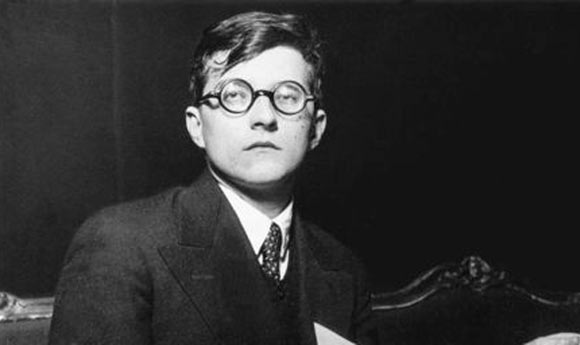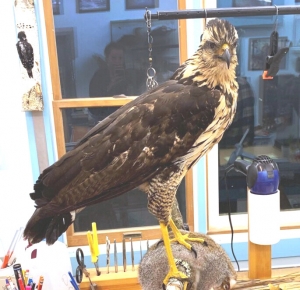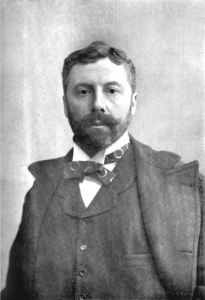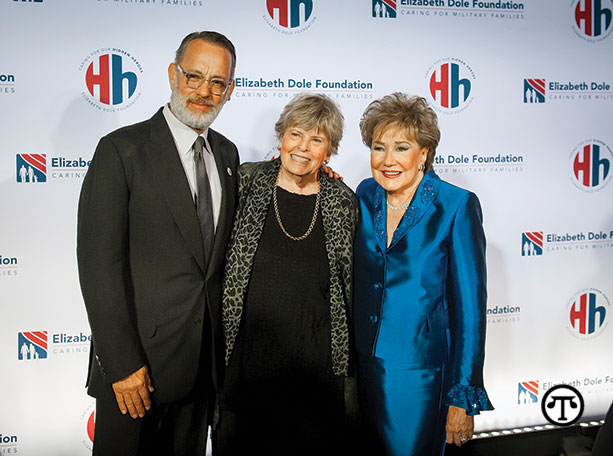I’M JUST CURIOUS: Doggy information

 by Debbie Walker
by Debbie Walker
I don’t know how many columns I have written, and I just recently realized I have never written anything about our pets. So… here goes:
I came across the most recent Reader’s Digest and it has a great article about dogs and cats titled What Pets Want You to Know.
A professor from British Columbia stated that our average dogs have the mind equivalent to our 2 – 2-1/2 years old child. The average dog can understand about 165 words. They are better with words about things (ex: a favorite toy) as opposed to ‘emotion’ words (good dog).
Before your pup is six months old, they should have met 150 people and they suggest 50 different places (I don’t go to that many!). They should try out different environments, be familiar with different sounds and sights. Dogs that don’t, can grow up fearful and aggressive.
We all know our dogs have different barks. Our dog, in the middle of the night, alerts us to her concerns with the bark. There is no question that she is alerting us. There are also barks that tell you the dog is lonely. The barks may be a single string of barks with pauses.
Dogs also have their own version of body language; they provide you with clues as to what they want. (Ex: pawing at bottom of sofa to alert you there is something under the sofa that they want.)
Dogs are very aware of your stress or tension. Many dogs will feel that tension and can in fact react with aggression. Our energies affect the people around us, don’t think for a minute it doesn’t affect your pet.
Have you ever wondered why dogs chase their own tails? It can be itchy; they can be reverting to their predatory nature or they are just bored. It can also be a compulsive disorder.
When you come home and find your dog has made a mess and she tucks her tail and looks ashamed. She’s just afraid of your anger, guilt is not part of her makeup.
Dogs don’t feel guilt, but they do get jealous. If you have a dog, you know this.
If your dog has light colored or white fur, they have a higher chance of being deaf in at least one ear. The gene that causes the white coat is associated with deafness, just as is blue eyes.
Little dogs have shorter, more frequent dreams than the bigger breeds. This is proven by brain scanning just like with us.
There are studies that have shown some dogs can detect cancer just as there are some who know when a diabetic is going to have a problem.
For those who don’t know there are some wonderful websites of dogs and their antics as well as other animals. They can be very entertaining on these cold snow and ice filled days and evenings.
We have a dog in our house. She is a Walker Hound and Boxer mix. She has been a wonderful friend. She talks. If she wants something, she will carry on quite the conversation. I love it.
I’m just curious about your pal. I would love to hear your stories. Contact me at dwdaffy@yahoo.com with your questions or comments. Thank you for reading. Have a great, healthy, and happy week!








 Medical researchers may have come up with a way to treat such dreaded conditions as Alzheimer’s disease, MS and spinal cord injuries.
Medical researchers may have come up with a way to treat such dreaded conditions as Alzheimer’s disease, MS and spinal cord injuries.






 (NAPSI)—Academy Award winner Tom Hanks is rallying the nation behind America’s military caregivers with help from the legacy of a legend, Bob Hope. Hanks launched the Military Caregiver Champion program with the Elizabeth Dole Foundation to fund resources for the 5.5 million Americans voluntarily caring for a loved one who was wounded, made ill or injured through military service. Hope’s daughter, Linda Hope, was the first to join the campaign, donating $1 million on behalf of the Bob and Dolores Hope Foundation.
(NAPSI)—Academy Award winner Tom Hanks is rallying the nation behind America’s military caregivers with help from the legacy of a legend, Bob Hope. Hanks launched the Military Caregiver Champion program with the Elizabeth Dole Foundation to fund resources for the 5.5 million Americans voluntarily caring for a loved one who was wounded, made ill or injured through military service. Hope’s daughter, Linda Hope, was the first to join the campaign, donating $1 million on behalf of the Bob and Dolores Hope Foundation.